How to Turn Off Metered Connection on Windows 10
If you are a person who uses various different network connecting methods like Wi-Fi or a 3G/4G with a dongle then you must have seen the metered network warnings. Basically, when your connection is metered that means that you have a limited bandwidth. So, some apps like Outlook won’t automatically connect and will show you the metered connection warning.
The warning is shown because Outlook or any other app that gives you this warning will check the status of your connection. If it is metered, then the app will stop itself from connecting to the internet and will show this warning. Although it is a good approach to prevent excessive usage of the data especially if your connection is metered, but if you really want Outlook to connect, then you have no choice. In case of Outlook, you don’t have any option that lets Outlook connect on metered connection so you won’t be able to do anything as long as you are on a metered connection.
So, in this scenario, you will have to turn off the metered connection option to let Outlook (or any other app) go through the network. Even if you don’t have any programs behaving like this, you can use the given methods to turn off metered connection option on Windows.
Method 1: Settings
The first and the easiest way to turn off metered connection is from the settings of Windows. You will find an option for turning the metered connection on or off from the network section of settings. Simply turn it off and your connection won’t be metered.
Follow the steps given below to turn of metered connection option
- Press Windows key once
- Click Settings (the fear icon)
- Select Network and Internet
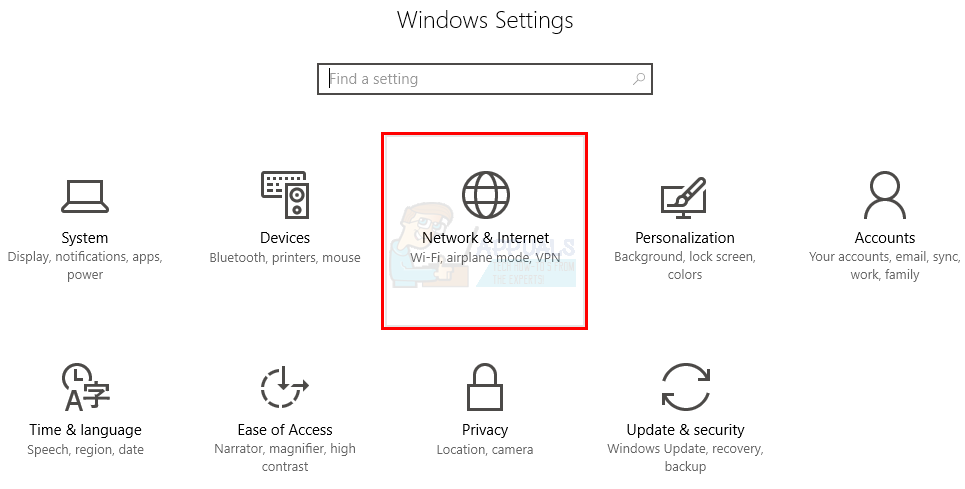
- Select Wi-Fi or Ethernet (depending on which network connection you want to change as unmetered)
- Select your network that you are connected to right now
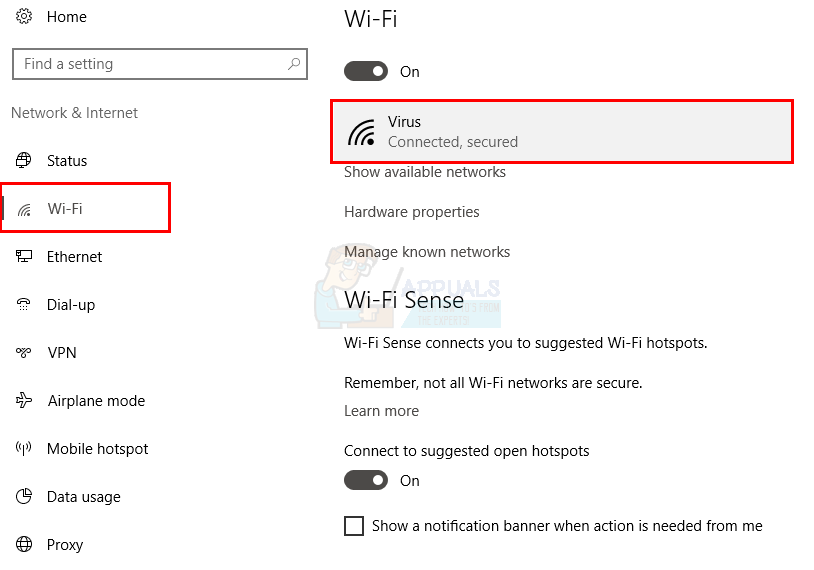
- Turn the option Set as a metered connection This can be found under Metered Connection section
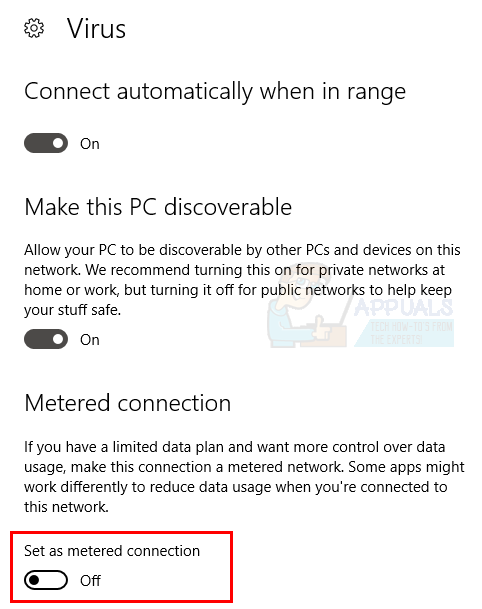
Now close the window and your connection shouldn’t be metered any more. Your programs should work as expected.
Note: The process for making the connection metered is the same in case of Ethernet.
Method 2: Registry Key
You can change the settings of metered connection from the registry key editor as well. This method should work for most of the users especially for the ones who can’t follow the method 1 properly.
- Hold Windows key and press R
- Type regedit and press Enter
- Go to this address in the registry key editor HKEY_LOCAL_MACHINE\SOFTWARE\Microsoft\Windows NT\CurrentVersion\NetworkList\DefaultMediaCost. If you don’t know how to navigate to this location then follow the steps given below
- Double click HKEY_LOCAL_MACHINE (from the left pane)
- Double click SOFTWARE (from the left pane)
- Double click Microsoft (from the left pane)
- Double click Windows NT (from the left pane)
- Double click CurrentVersion (from the left pane)
- Double click NetworkList (from the left pane)
- Select DefaultMediaCost (from the left pane)
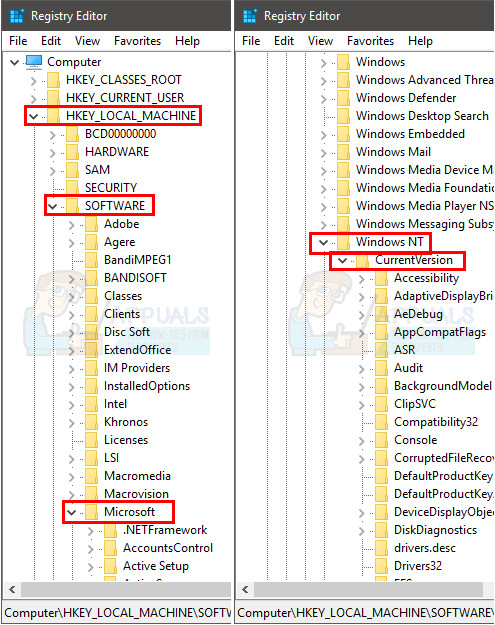
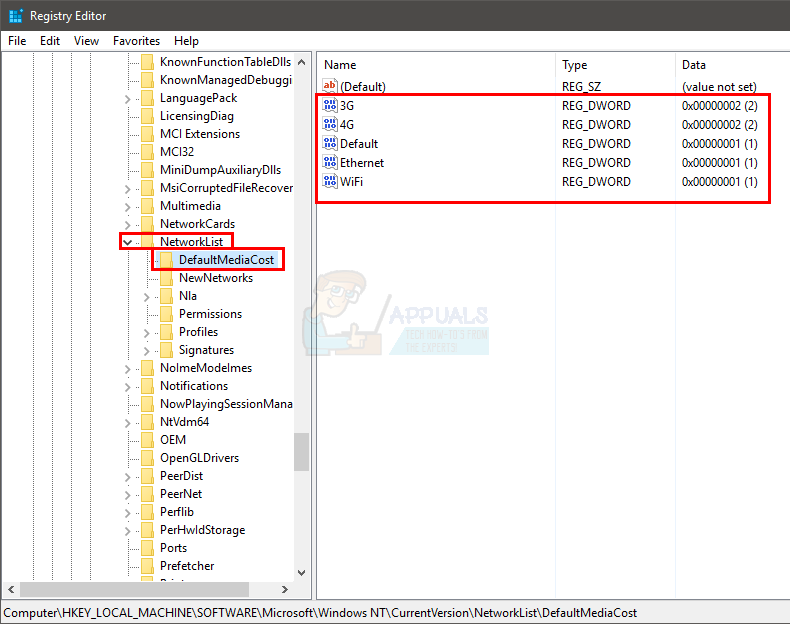
- Now you should be able to see different keys on the right pane like Wi-Fi, Ethernet You can change the values of these keys. If the value is 1 then it means it’s an unmetered connect but if the value is 2 that means the connection is metered. So if you want to make your Wi-Fi unmetered then make its value 1. You can do that by double clicking the Wi-Fi from the right pane and then putting 1 as the value and then pressing Ok.

Once you are done, close the window and connect to your Wi-Fi. Your connection should be metered/unmetered depending on the value you selected.